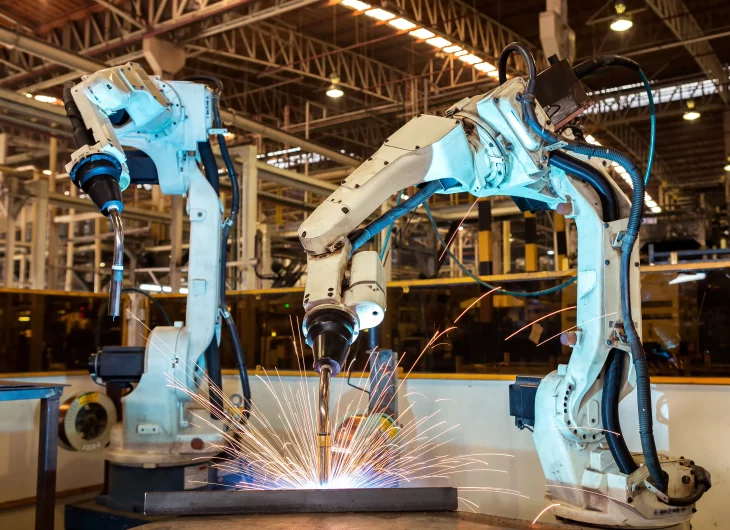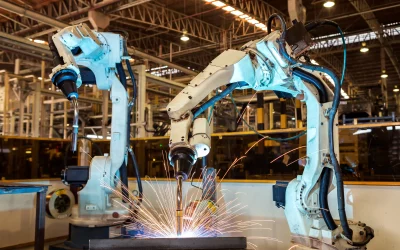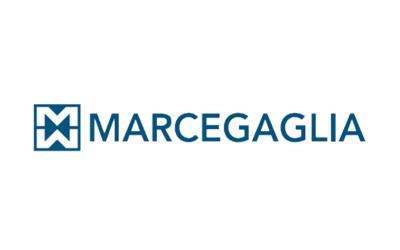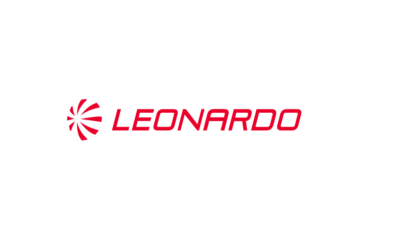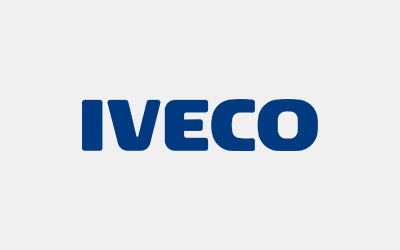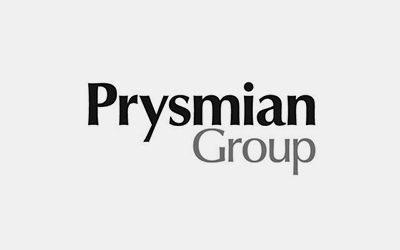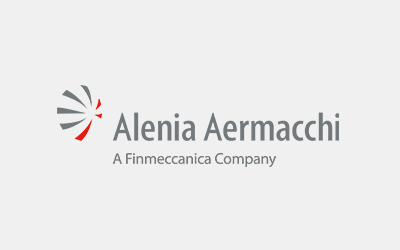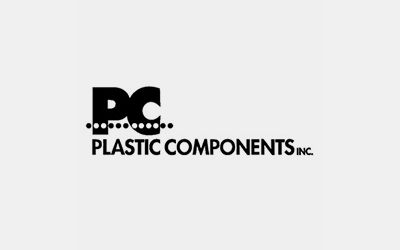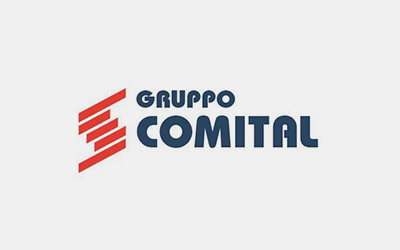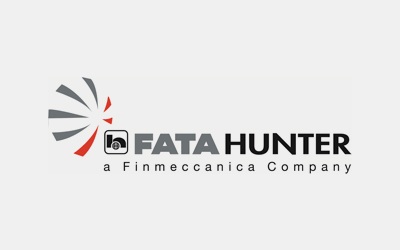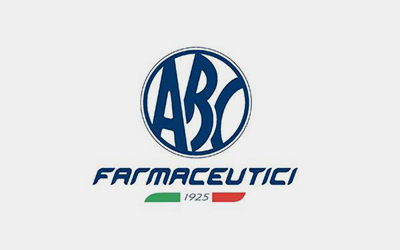Metalworking
The main uses of robots and robot-based islands in the metal working sector are as follows:
Servitude CNC machines or automation of machine tools
The robotic islands are integrated with numerical control (CNC) machines to automate processes such as milling, turning, drilling and grinding. Robots load and unload raw and machined parts, reducing machine downtime and increasing productivity. Robots provide high repeatability, essential in the production of components requiring tight tolerances, such as parts for the aerospace or automotive industries.
Laser welding and cutting
Robot soldering islands are widely used for joining metal parts by spot, TIG, MIG or plasma welding. These systems ensure high quality and uniform welding, which is particularly important in the production of frames, metal structures and tanks. Robots are also used for laser cutting of metal sheets and tubes. Robotic laser cutting offers high precision and speed, allowing you to make complex and detailed shapes.
Handling of heavy or precision parts
Robot manipulators are used to move, load and unload heavy metal parts such as motor blocks or structural components, reducing the risk of injury to workers and improving safety at work. Robot-based islands can assemble metal parts with great precision, such as in vehicle production lines, industrial machinery, and electronic components.
Dimensional and Surface Quality Control
The robot islands are equipped with 3D scanners, lasers, or optical sensors to check the dimensions of the machined parts, ensuring that they comply with the technical specifications. They are also able to inspect the surface finish of machined parts for any defects, such as scratches, burrs or imperfections that could compromise the quality of the final product.
Hot and cold forming
Robots are used to handle sheet metal and metal parts during hot and cold stamping processes. The robotic islands provide machines for bending and forming operations on metal sheets, guaranteeing high precision and repeatability, particularly necessary for the production of metal panels and housings.
Polishing and finishing
Robots can perform polishing operations on metal parts to obtain smooth and shiny surfaces, for example necessary for decorative components or visible parts of vehicles, or are also designed to remove burrs and sharp edges from machined parts, improving the safety and quality of the final product.
Handling of components
Robots integrated into the production chain are used to streamline internal logistics, moving parts between different stages of processing or between warehouses and production lines, optimizing the workflow and reducing machine downtime.
Management of thermal and galvanic treatments
The robot islands are designed to serve these processes, with robots loading and unloading metal parts into heat treatment furnaces, ensuring a homogeneous process, and reducing manual handling of hot and dangerous materials. They can also apply protective coatings to metal surfaces to prevent corrosion and improve component life or galvanic lines for handling parts for surface treatment.
The investment in robot islands for metal working processes is very large, generally the use of robots is essential to improve efficiency, quality and safety in various stages of work, enabling companies to remain competitive and meet market needs.
